10 Movies That Were Ahead Of Their Time
The Truman Show, A Clockwork Orange, and other great cinema masterpieces make up GFR's list of the best movies ahead of their time.
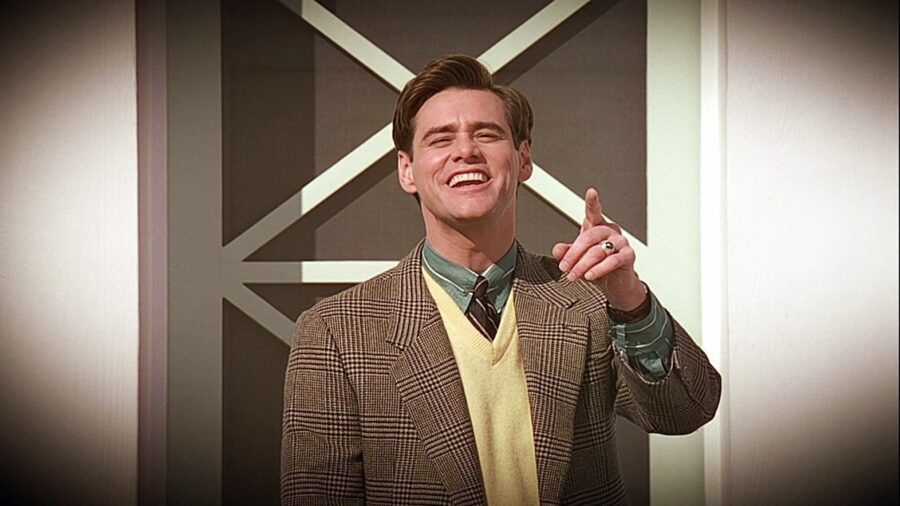
Movie trends come and go. Many movies follow trends, but few set them. Those that do are rightfully revered in the annals of film history and are still talked about today – even 100 years later. From German Expressionism to Keanu Reeves in slow motion, here are 10 movies that were way ahead of their time.
10. The Cabinet of Dr. Caligari (1920)
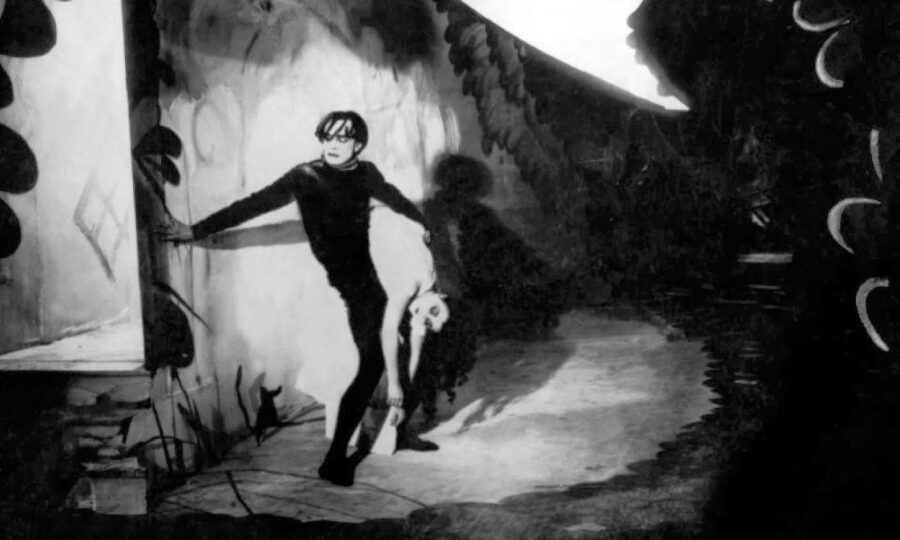
Many consider The Cabinet of Dr. Caligari to be the first horror film, and that alone makes it worthy of our list. It is also a premier showcase of German Expressionist cinema. This movement, which reached its height in Berlin in the 1920s, used dramatic lighting, stylized acting, sharp-edged architecture, and other techniques to express often dark emotions.
Directed by Robert Wiene, The Cabinet of Dr. Caligari follows a mad hypnotist who manipulates a somnambulist, or sleepwalker, into committing a series of murders.
The film and the German Expressionist movement notably influenced the work of filmmakers like Alfred Hitchcock, Ridley Scott, and Tim Burton, who carry on the twisted lineage of Dr. Caligari today.
9. The Day the Earth Stood Still (1951)
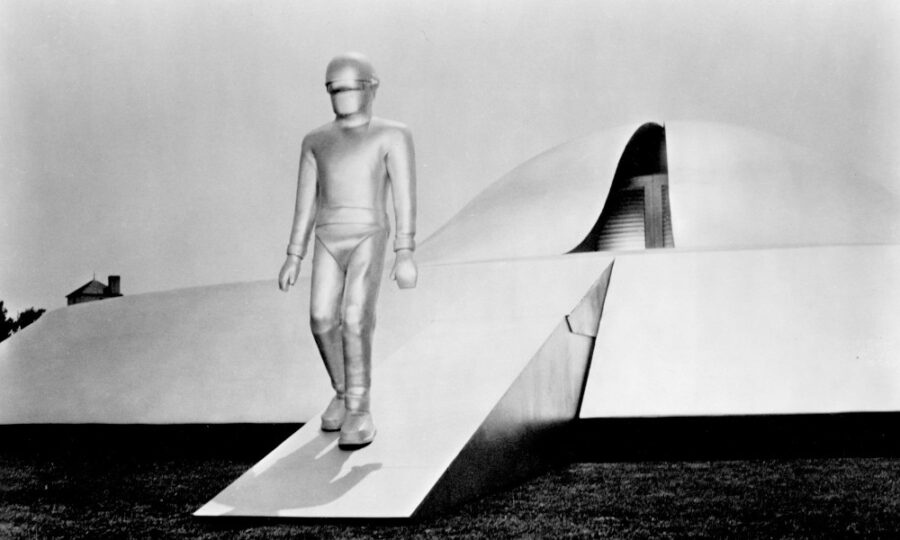
The Day the Earth Stood Still is one of the most poignant and influential science fiction films ever made. Released in the early days of the Cold War, just a few years after the development of atomic weapons, the film was quick to comment on the dark instincts of humanity.
Directed by Robert Wise, the film tells the story of Klaatu, a humanoid from another world who arrives on Earth to warn the planet that its aggressive tendencies and nuclear arms have caused concern among the members of other planets. That concern could lead to a preemptive strike that would leave humanity decimated.
Its profound story, brilliant design, memorable dialogue, and powerful score by Bernard Hermann make The Day the Earth Stood Still unquestionably moving.
8. The War of the Worlds (1953)

Adapted from the classic novel by H.G. Wells, The War of the Worlds was a game-changer in special effects. It tells the story of a Martian invasion of Earth and the people who try desperately to find a weakness against their seemingly invincible assailants. The effects team departed from the flying saucer, which was standard for an alien craft in a movie, and created a more stylized and frightening look for the marauding ships.
For decades after the film’s release, it was printed on a cheaper film stock that skimped the film’s color process, resulting in degraded special effects. Wires can even be seen in some of the prints. This went on for so long that some critics never knew what the film was supposed to look like. It did not get the effects credit it deserved for many years.
7. The Truman Show (1998)

This Jim Carrey classic is a departure for the actor from his typical wacky self to a more tame and docile character. The film’s premise, however, is anything but. The Truman Show tells the story of Truman, a boy raised in a fictional town that functions as a giant TV set. Everyone around him is an actor, and every moment of his life is being broadcast.
The film illustrated that perception truly is reality. It explored what it would be like for a person to have every moment of their life displayed on a screen for the world to see years before social media and smartphones were around to conduct the experiment for us.
Stories ahead of their time often grow richer with age, and The Truman Show has done just that.
6. Akira (1988)
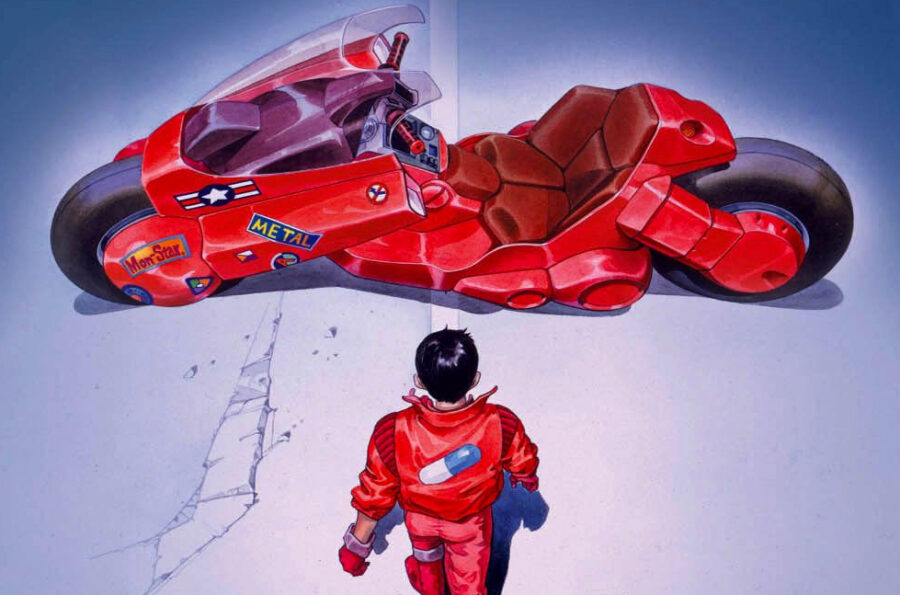
As one of the most meticulously and beautifully animated films ever made, Akira is also one of the most influential. Adapted from a manga of the same name, Akira fully realizes a vision of futuristic technology that has been imitated and aspired to ever since.
It tells the story of a teenager in Neo Tokyo who must team with a group of psychics in order to defeat a superpowered lunatic on a murder spree. This violent, gory, mind-bending anime is not for the faint of heart, but it is rich with iconic imagery that has permeated movies and TV far outside the realm of animation.
5. The Matrix (1999)
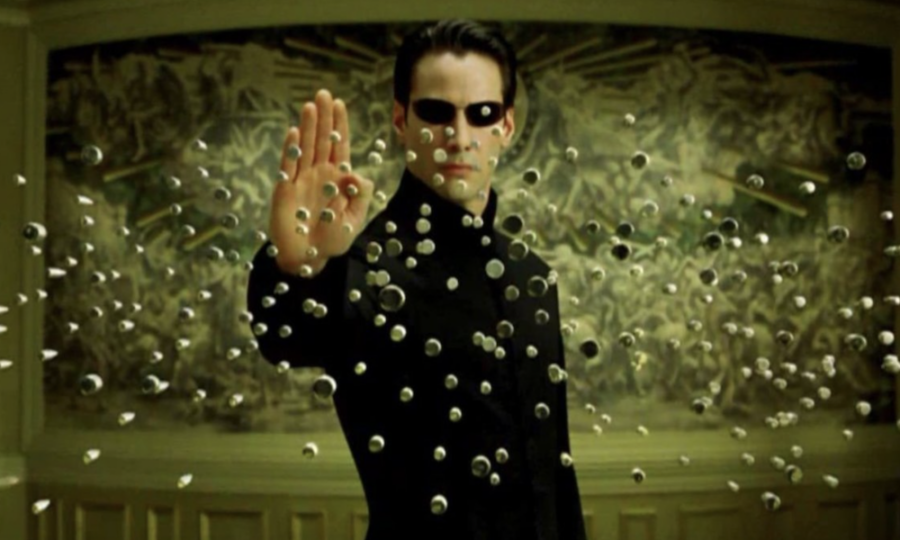
Another landmark film for visual effects, The Matrix has inspired perhaps more rip-offs than any other movie. The movie popularized “bullet time,” a slow-motion effect created by shooting an action with several still cameras simultaneously and stitching them together to create the illusion of a quick-moving camera capturing a frozen or slowly moving subject.
The Matrix pushed the boundaries of technology, delivering CGI quality that still holds up today. It boasts inventive effects, a trippy premise, snappy dialogue, and stunning fight choreography. The Matrix was ahead of its time, and it left everyone else to catch up.
4. A Clockwork Orange (1971)
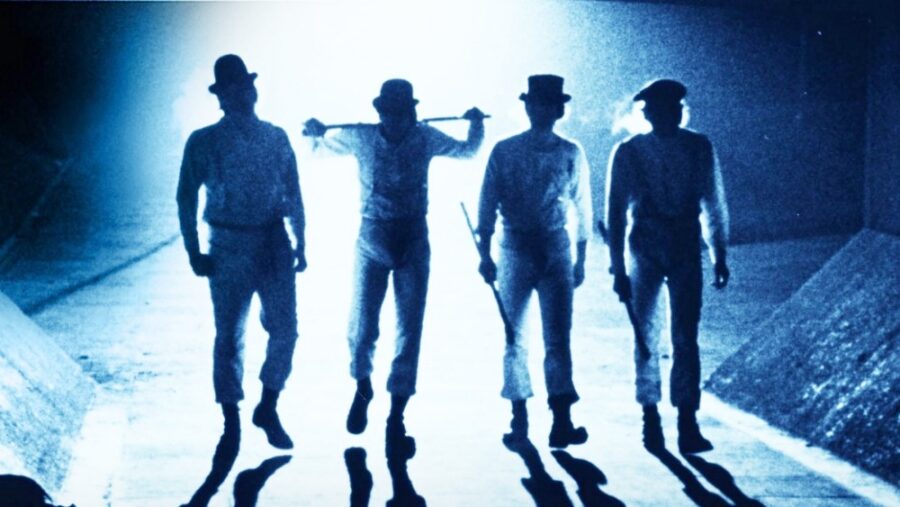
Stanley Kubrick spent most of his career ahead of his time. It is possible that he is still ahead, because no one can do it quite like Kubrick.
A Clockwork Orange is no exception. It follows the charismatic delinquent Alex and his gang of droogs on a horrific crime spree. The film pushed the boundaries in its depiction of violence.
The movie featured scenes of rape and other instances of extreme violence, causing polarized reception that continues to divide viewers. The film was pulled from British cinemas upon its initial release, but the movie garnered a cult following. It is still beloved by film fans for its unflinching commentary on societal shortcomings, mental health, and morality.
3. Blade Runner (1982)
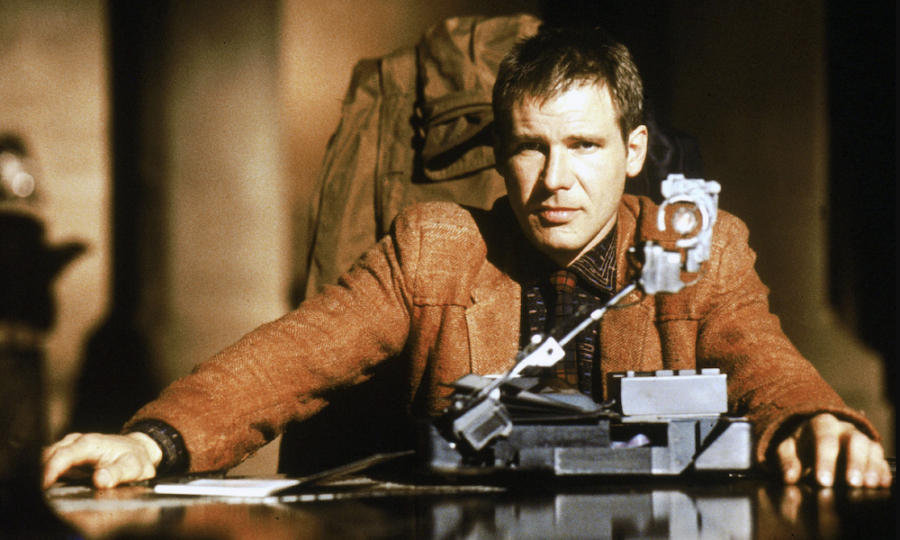
Ridley Scott followed his 1979 classic Alien with another of science fiction’s most influential films, Blade Runner. Adapted from Philip K. Dick’s novel Do Androids Dream of Electric Sheep?, it tells the story of Rick Deckard, a bounty hunter who hunts down rogue androids called replicas.
Played by particularly surly Harrison Ford, Deckard scours the rainy streets of a dystopian Los Angeles in the ultimate neo-noir caper. Its hard-boiled influences are married perfectly with futuristic production design and lighting, keeping the dreamlike movie grounded.
Employing spectacular miniature work and bold, streaky lighting, Blade Runner is the gold standard for neo-noir.
2. 2001: A Space Odyssey (1968)
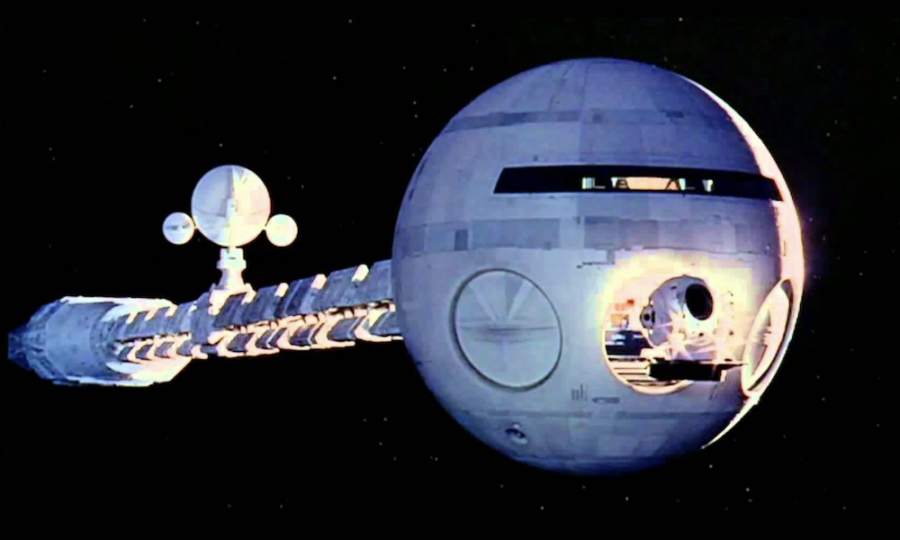
Once again, Stanley Kubrick appears on the list to change the game. 2001: A Space Odyssey is full of iconic material. It has one of the greatest edits of all time, cutting from the bone first used as a weapon by early man to a satellite floating in space – millions of years of evolution covered in 1/24 of a second.
In addition to its many memorable and often imitated story elements, the film was a technical marvel in the way it showed ships in space. Using miniatures, it captured a groundbreaking level of scope, detail, and realism. The techniques used to create the illusion that influenced the making of Star Wars.
If your movie influences Star Wars, there is no doubt that it is ahead of its time.
1. Metropolis (1927)
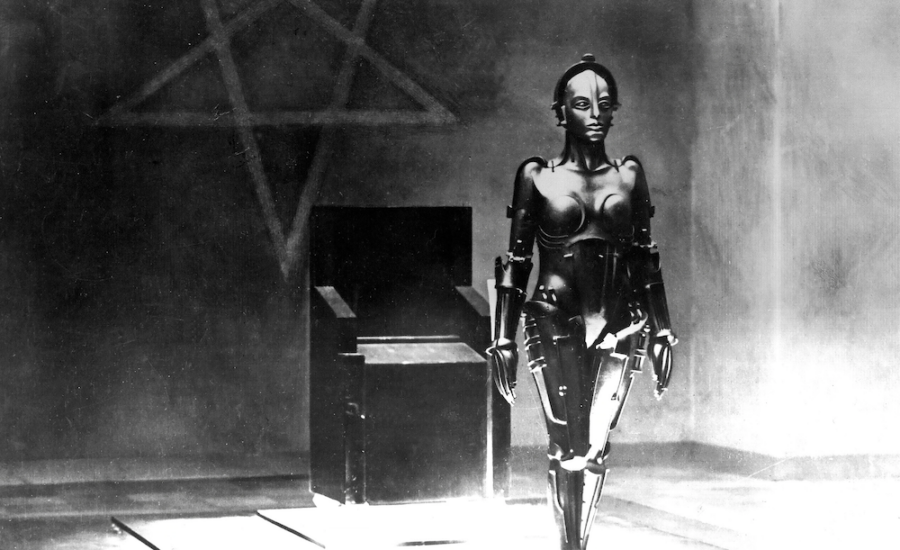
Regarded as one of the first science fiction films, Metropolis is the definition of being ahead of the times. Another product of the German Expressionist movement, this masterpiece from director Fritz Lang redefined the scope of cinema. The movie is colossal, depicting a futuristic city in stunning architectural glory. Its design and effects were some of the best of its time and paved the way for future films.
Despite its technical achievements, Metropolis was largely disliked by critics. Its simplistic take on class struggle was derided, in part due to its apparent sympathy for communism.
Over time, the importance of Metropolis and the gravity of its achievements were recognized. It has cemented itself as a key turning point in film history and is regarded by many as one of the greatest leaps movies have ever made.












